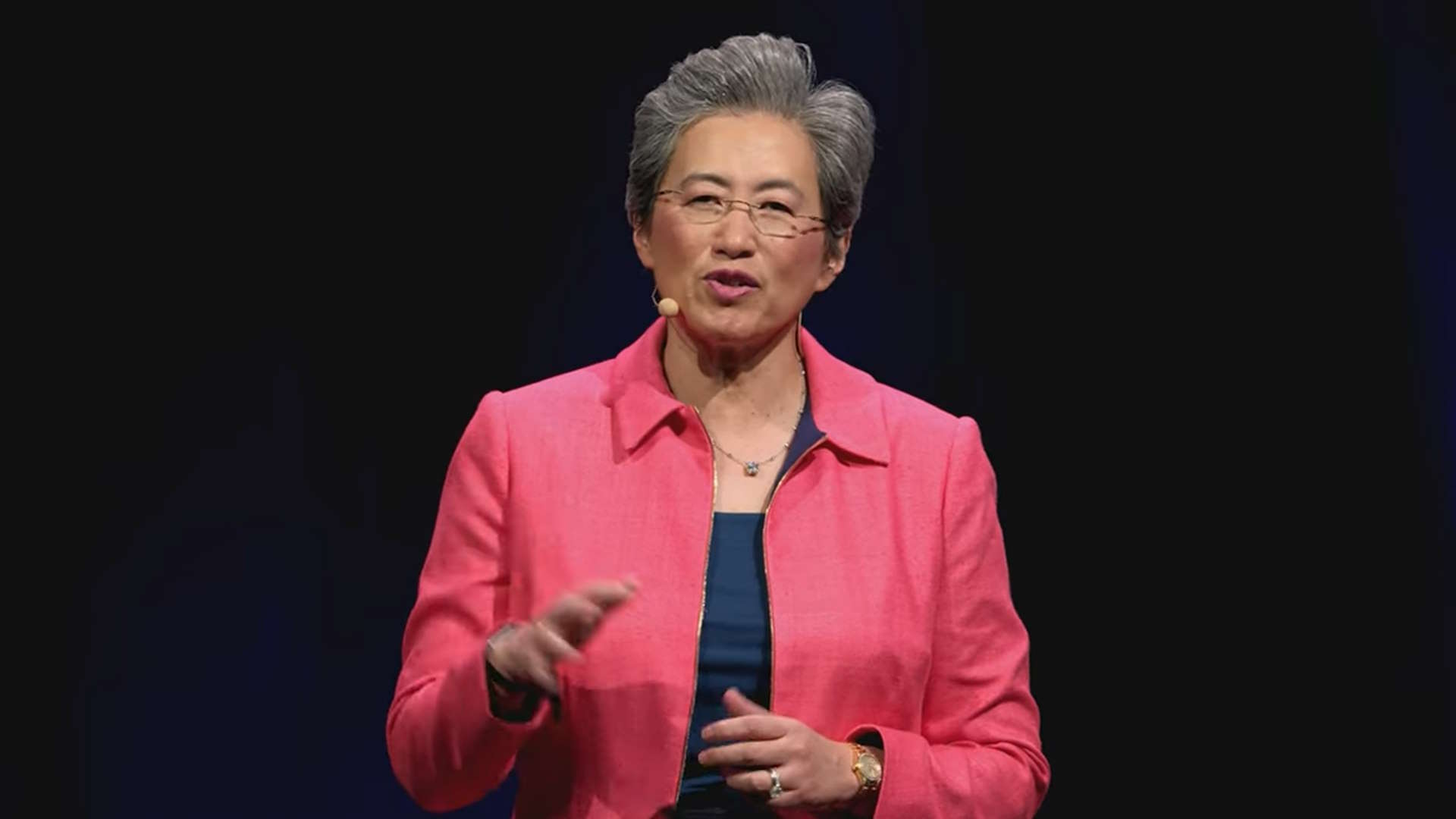Intel and AMD team up to defend x86
Is it backwards day?

Intel and AMD are joining forces to establish a new advisory group with the goal of enhancing and better unifying the x86 ecosystem. In other words, the fightback against Arm intensifies.
Intel and AMD share access to the x86 instruction set architecture (ISA), first introduced with the 8086 in the late '70s. By hook or by crook, AMD secured a licence to make compatible chips and these two companies have been competing ever since. They've not always got along, either, but you don't need me to tell you that.
"As vigorous competitors, Intel and AMD at the same time share a history of industry collaboration…" the press release reads. "This advisory group takes this industry collaboration to the next level for the benefit of the entire computing ecosystem and as a catalyst for product innovation."
The main aims of the x86 ecosystem advisory group are a little nebulous—they sound like they're all saying the same things in broadly different ways. Though the general jist appears to be greater compatibility, simplicity and capability across x86 products.
Here they are in full:
- Enhancing customer choice and compatibility across hardware and software, while accelerating their ability to benefit from new, cutting-edge features.
- Simplifying architectural guidelines to enhance software consistency and interfaces across x86 product offerings from Intel and AMD.
- Enabling greater and more efficient integration of new capabilities into operating systems, frameworks and applications.
Both Intel and AMD CEOs are quoted in the oddly collaborative announcement.
Pat Gelsinger says Intel is "proudly standing together with AMD".
The biggest gaming news, reviews and hardware deals
Keep up to date with the most important stories and the best deals, as picked by the PC Gamer team.
Meanwhile, Lisa Su says AMD is "excited to bring the industry together to provide direction on future architectural enhancements and extend the incredible success of x86 for decades to come."

Other companies have signed their support for the group, including Google Cloud, Broadcom, Dell, HP, Lenovo, Oracle, and Microsoft. Oh, and Epic CEO Tim Sweeney and Linux creator Linus Torvalds are also 'luminaries' within the group.
You might be wondering, 'what's happened in recent years that might make these historical frenemies work together?'
One major concern for x86 is the emergence of Arm. Once upon a time, major tech companies like Apple would've stuck with x86 and had very little say in the matter—there weren't bountiful alternatives worth investing in. Arm was used throughout mobile phones the world over, but the desktop, laptop, and data centre markets were out of reach.
Today, however, that's all changed. Apple designs its own Arm-based processors, ditching Intel and AMD, and doing a rather splendid job of it. Google, too, has a line of custom Arm-based processors called Axion.
Then there are the Arm-based chips from Qualcomm, the Snapdragon X Elite and Plus series, trying to whittle away Intel's stranglehold on the laptop market. And those are likely headed to desktop in some way, shape or form.

Intel is usually keen to downplay the threat from Arm, stating x86 is just as power efficient as Arm when designed to be (and there's merit to that claim), and saying it's happy to make the very Arm chips that threaten its business. A few months ago, Intel sold all its shares in Arm.
Though, while the Arm threat certainly looms large, and we wouldn't see this sort of collaboration without some sort of outside threat, there's also a case to be made that Intel and AMD collaboration is, simply, a good call.
After all, these two companies share a common ISA, with shared compatibility, software and standards—a little more teamwork might make the x86 dream work?
Anyways, who's to say if this group will have much sway at all. Time will tell.

Jacob earned his first byline writing for his own tech blog. From there, he graduated to professionally breaking things as hardware writer at PCGamesN, and would go on to run the team as hardware editor. He joined PC Gamer's top staff as senior hardware editor before becoming managing editor of the hardware team, and you'll now find him reporting on the latest developments in the technology and gaming industries and testing the newest PC components.

